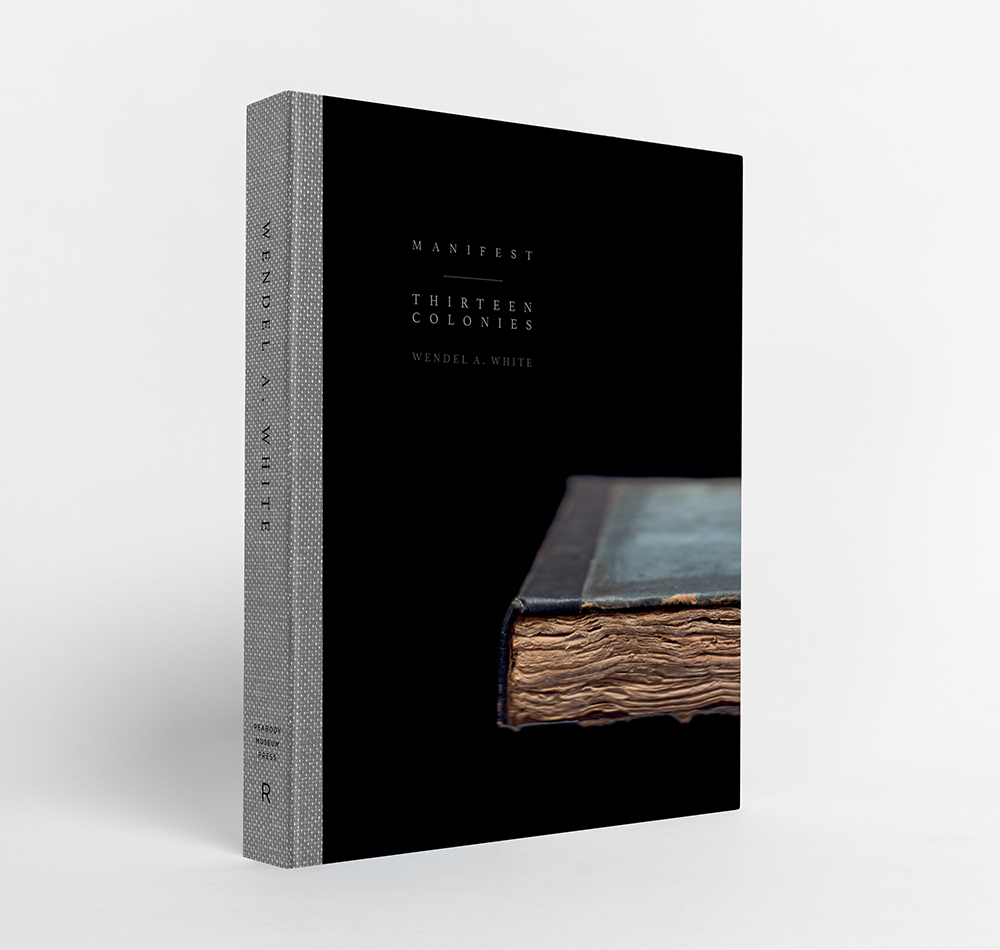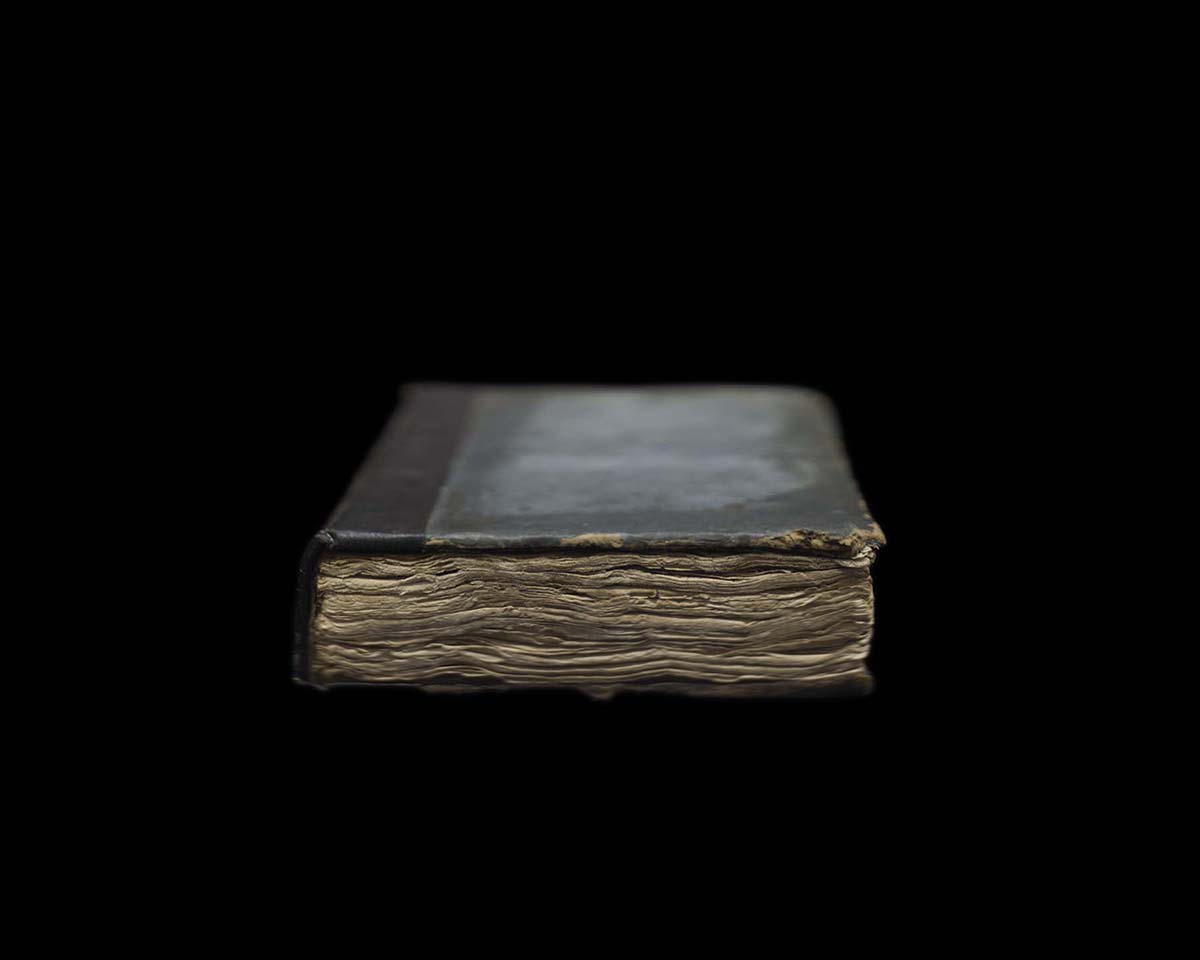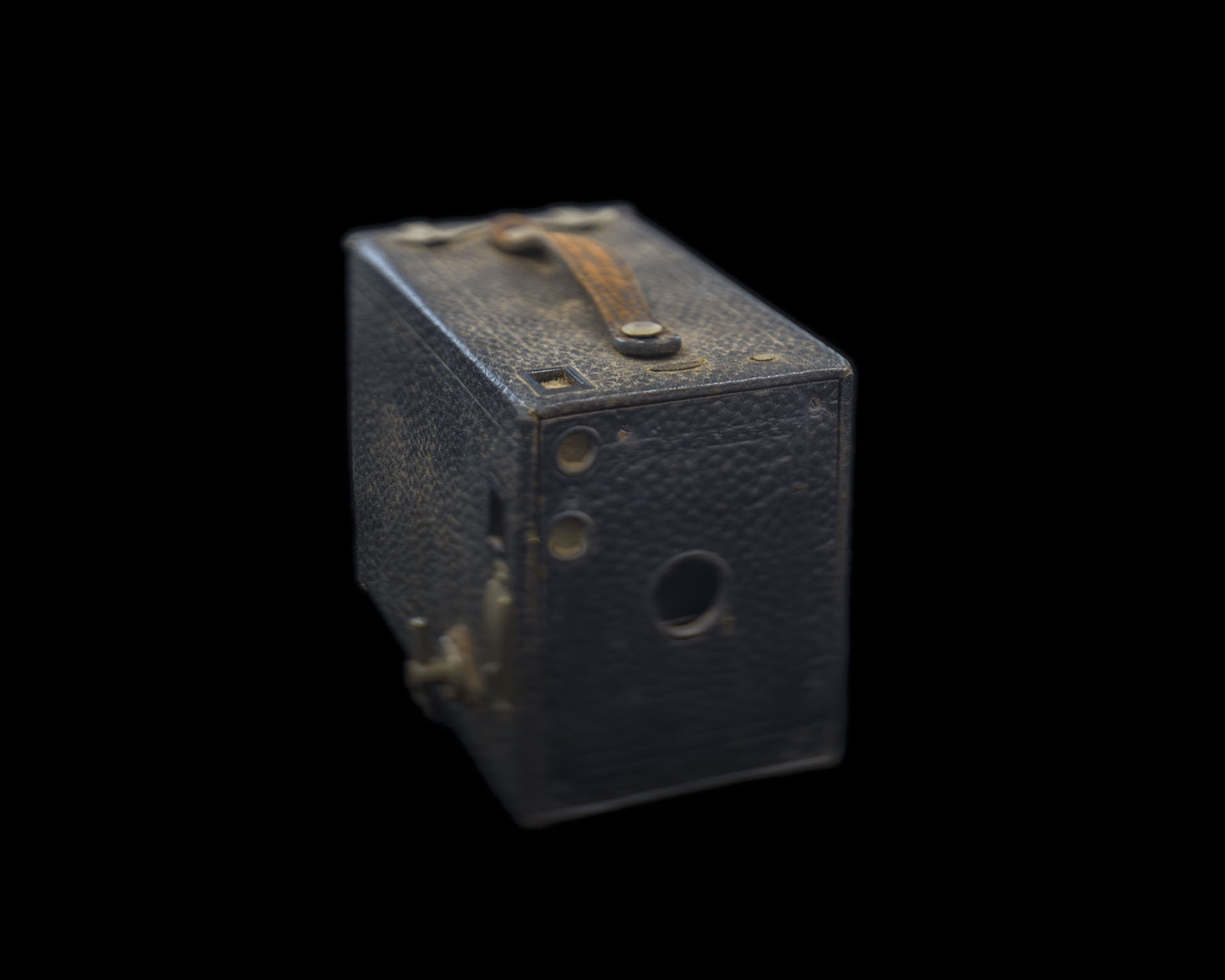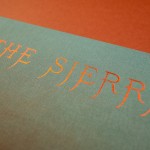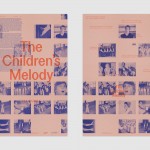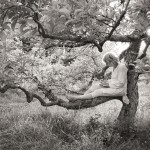Wendel A. White: Manifest: Thirteen Colonies
“These artifacts are the forensic evidence of Black life and events in the United States.” —Wendel A. White
Wendel A. White’s exhibition Manifest: Thirteen Colonies opens at Harvard University’s Peabody Museum of Archaeology & Ethnology (11 Divinity Avenue, Cambridge, MA) is on view through Sunday, April 13, 2025.
Manifest | Thirteen Colonies is a photographic project and journey through the repositories of African American material culture found in libraries, museums, and archives of the original thirteen English colonies and Washington, DC. Conceived by photographer Wendel A. White, this project is a personal reliquary of the remarkable evidence of Black agency and racial oppression stored in public collections. Accompanying his imagery, White discusses his approach to finding, selecting, and photographing artifacts—from rare singular objects to more quotidian materials—and highlights their significance as forensic evidence of Black life and history in the United States.
The artist’s inaugural monograph, Wendel A. White: Manifest | Thirteen Colonies, will be available for pre-order and the Peabody Museum will be hosting a book launch on Thursday, September 26. Co-published by Radius Books and the Peabody Museum of Archaeology & Ethnology, the title will be available in summer 2024 with a corresponding launch event this fall.
For this project, White photographed African-American materials housed in private and public collections throughout the thirteen original United States colonies and Washington, D.C. His subjects are rare, singular objects—such as the Clark baby dolls or a twisted fragment of stained glass from the 16th Street Baptist Church bombing—and everyday material such as diaries, documents, photographs, and souvenirs. Some images are related to famous historical figures such as Malcolm X (a tape recorder he used), James Baldwin (his inkwell), Phyllis Wheatley (her book of poems), and Zora Neale Hurston (manuscripts including Their Eyes Were Watching God). Some are connected to less known figures, such as Radcliffe anthropologist Caroline Bond Day, and previously known people such as the owner/maker of the shoe. Other images speak to slavery and empowerment. “I’ve been constructing a reliquary of all these objects,” White explains. “These artifacts are the forensic evidence of Black life and events in the United States.”
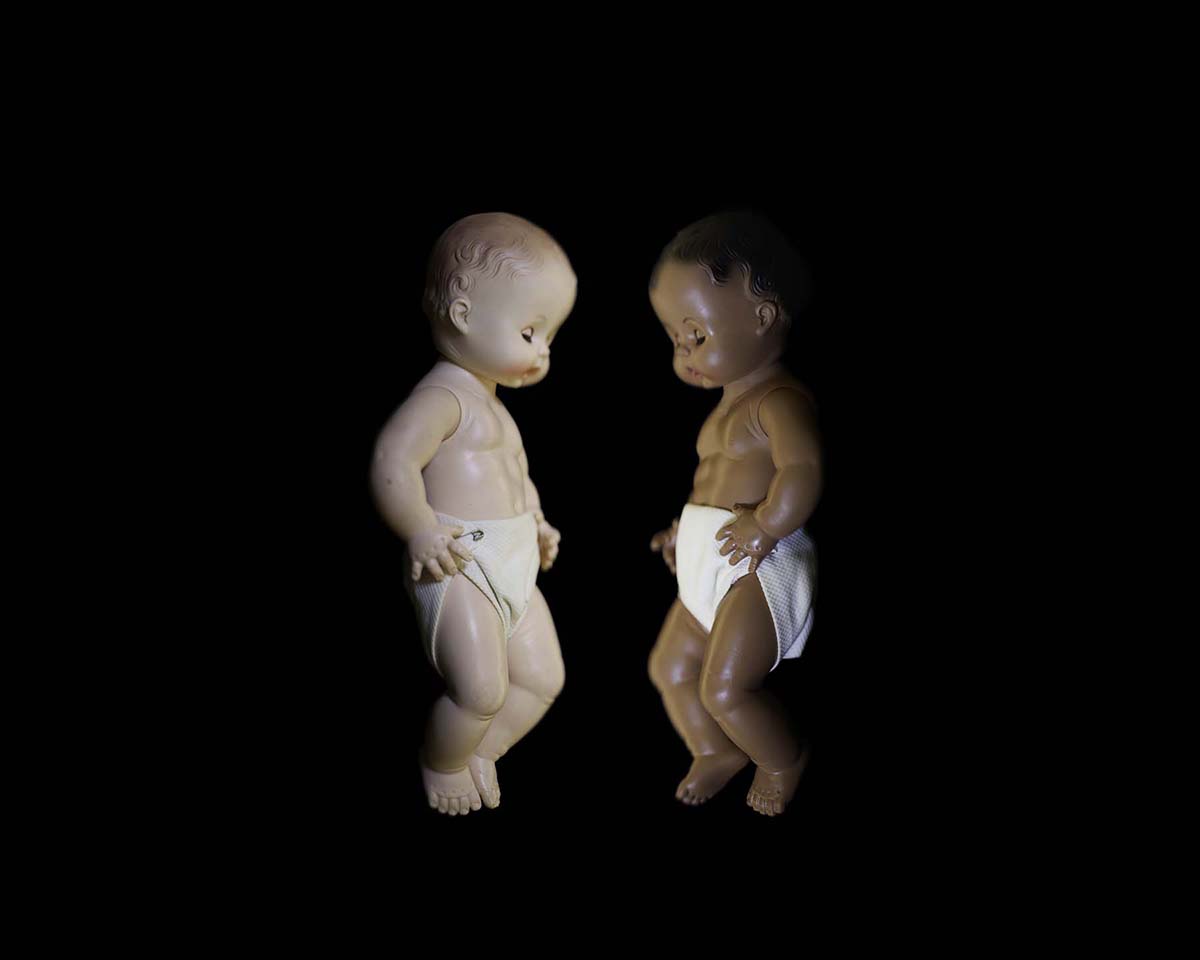
Baby Dolls, Kenneth and Mamie Clark, Smithsonian National Museum of African American History and Culture, Washington, DC, 2016 © Wendel White
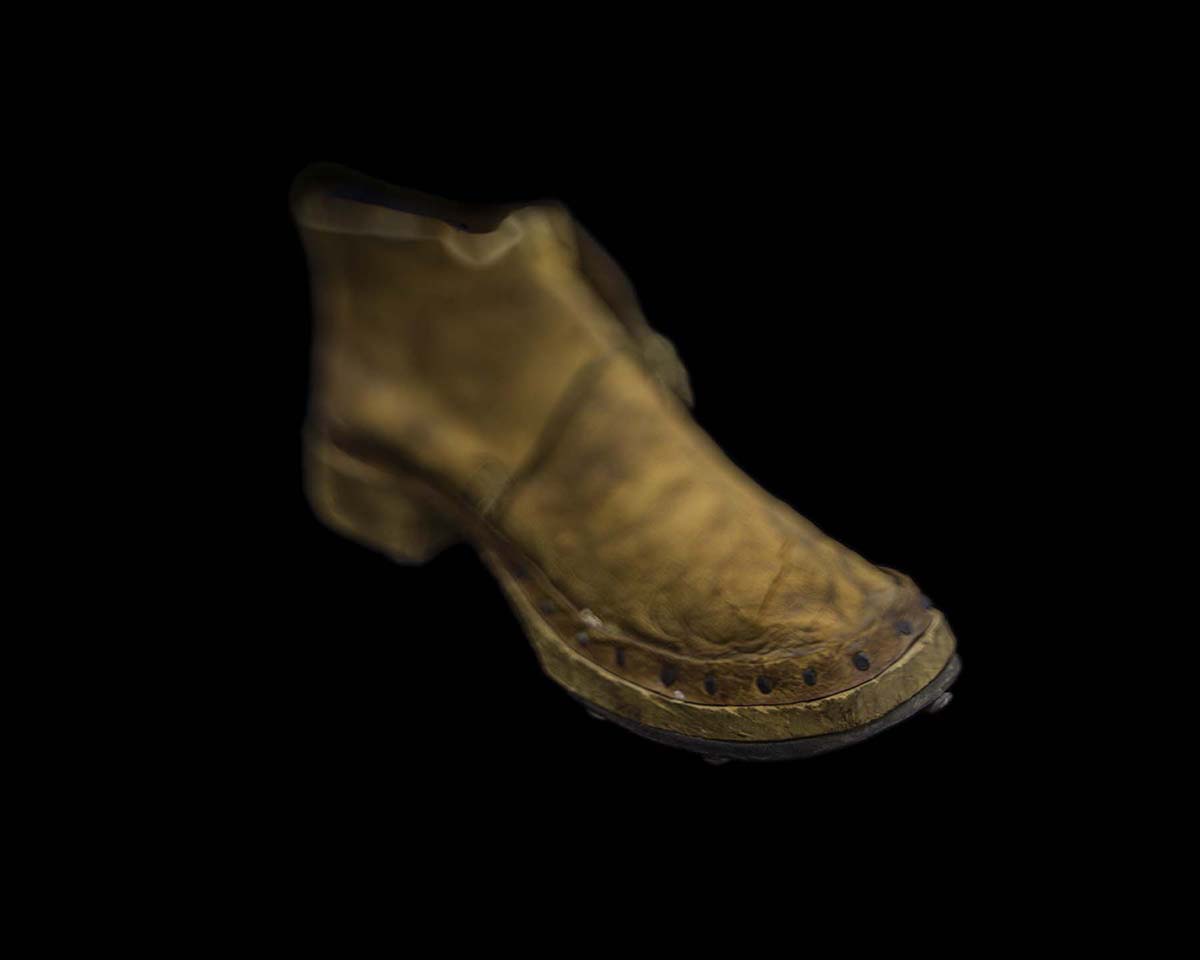
Civil War Era Brogan Style Shoe (1863-1865). North Carolina Museum of History, Raleigh, NC © Wendel White

Stained Glass Shard, 16th Street Baptist Church, Birmingham, AL, Smithsonian National Museum of African American History and Culture,Washington, DC @ Wendel White

Pressed Corsage. Avery Research Center for African American History and Culture, College of Charleston, South Carolina. © Wendel A. White
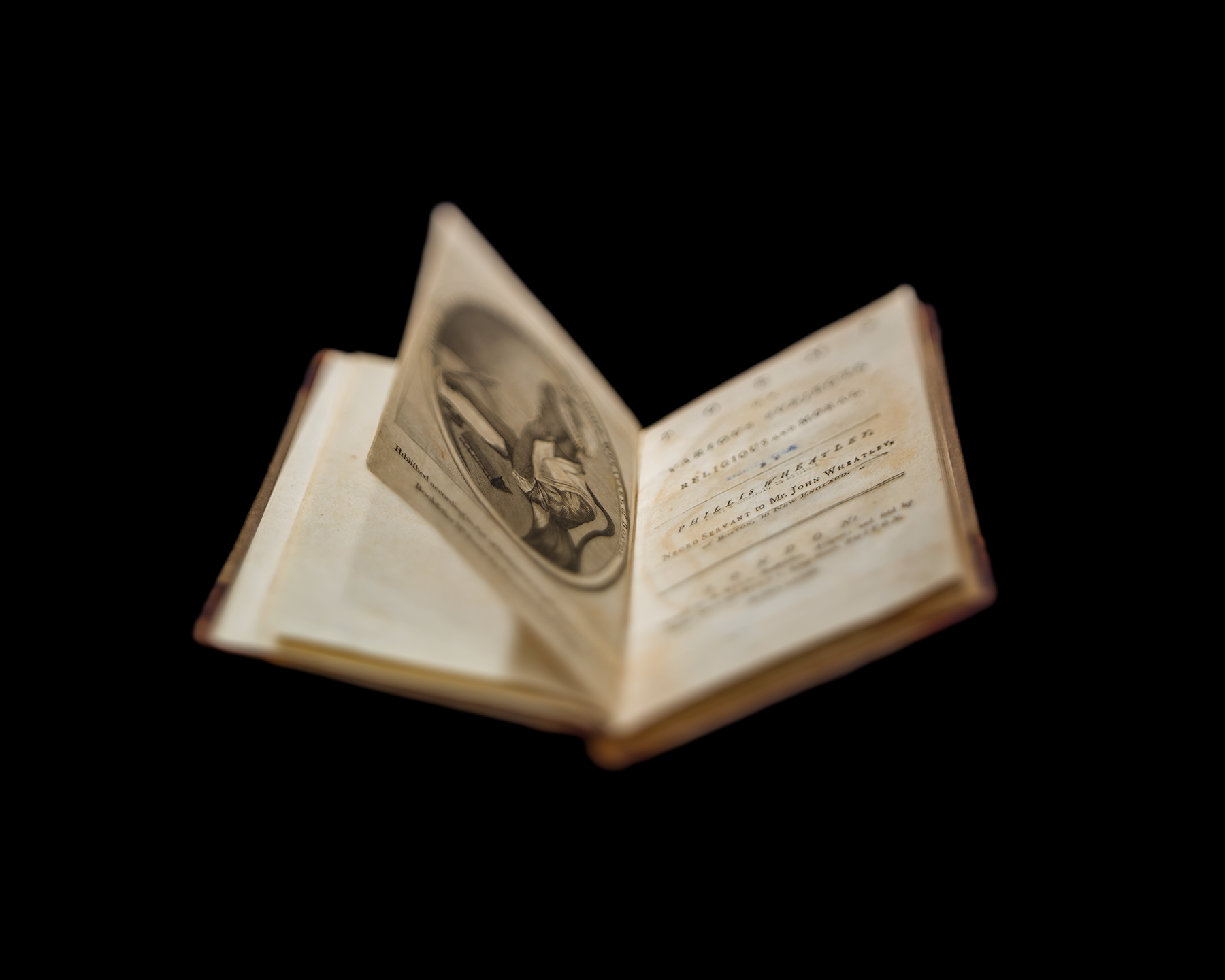
Memoir and poems of Phillis Wheatley, a native African and slave, 1834. Library of Virginia, Richmond, VA. © Wendel A. White
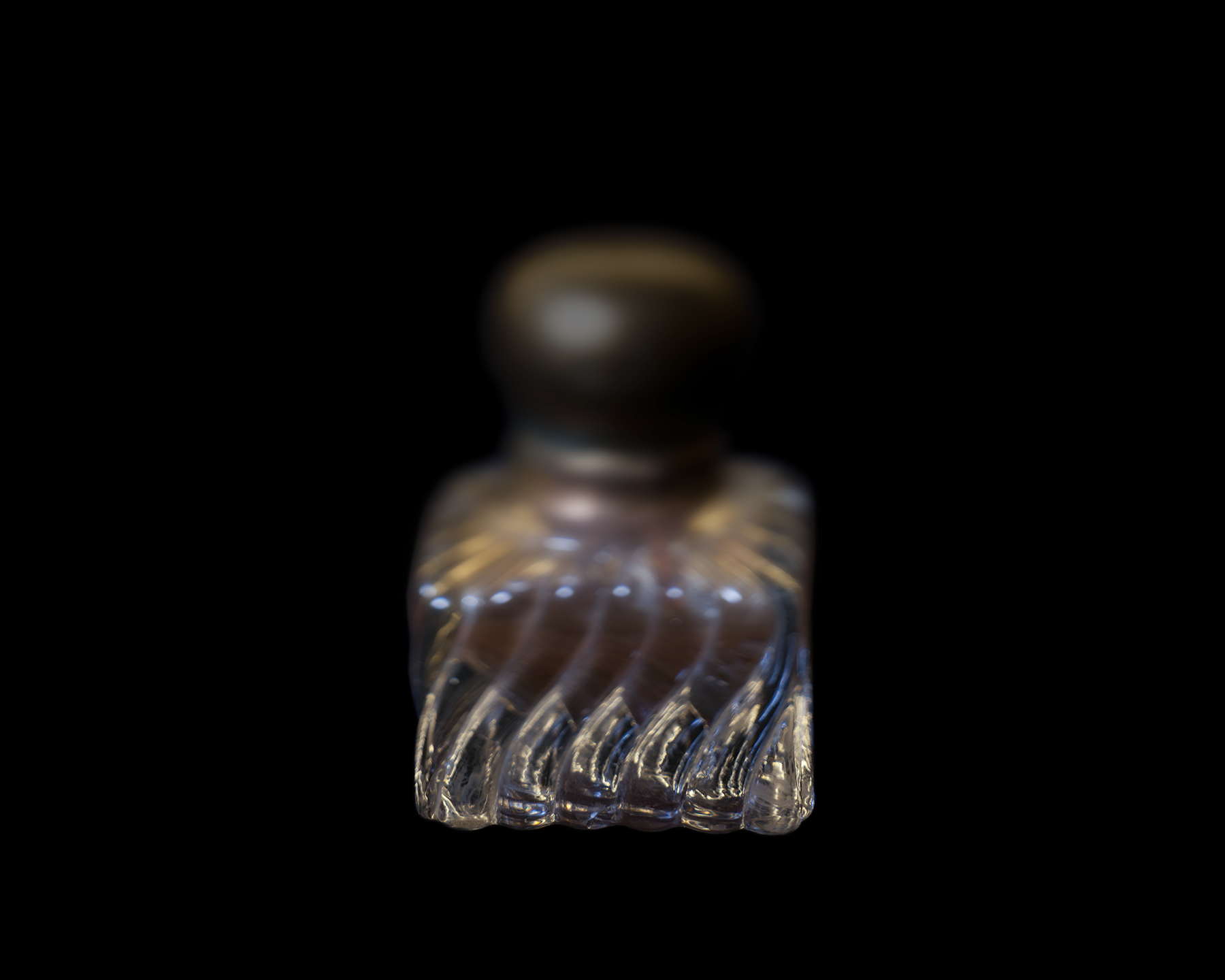
James Baldwin Inkwell, Smithsonian National Museum of African American History and Culture; Gift of the Baldwin Family, Washington, DC. © Wendel A. White
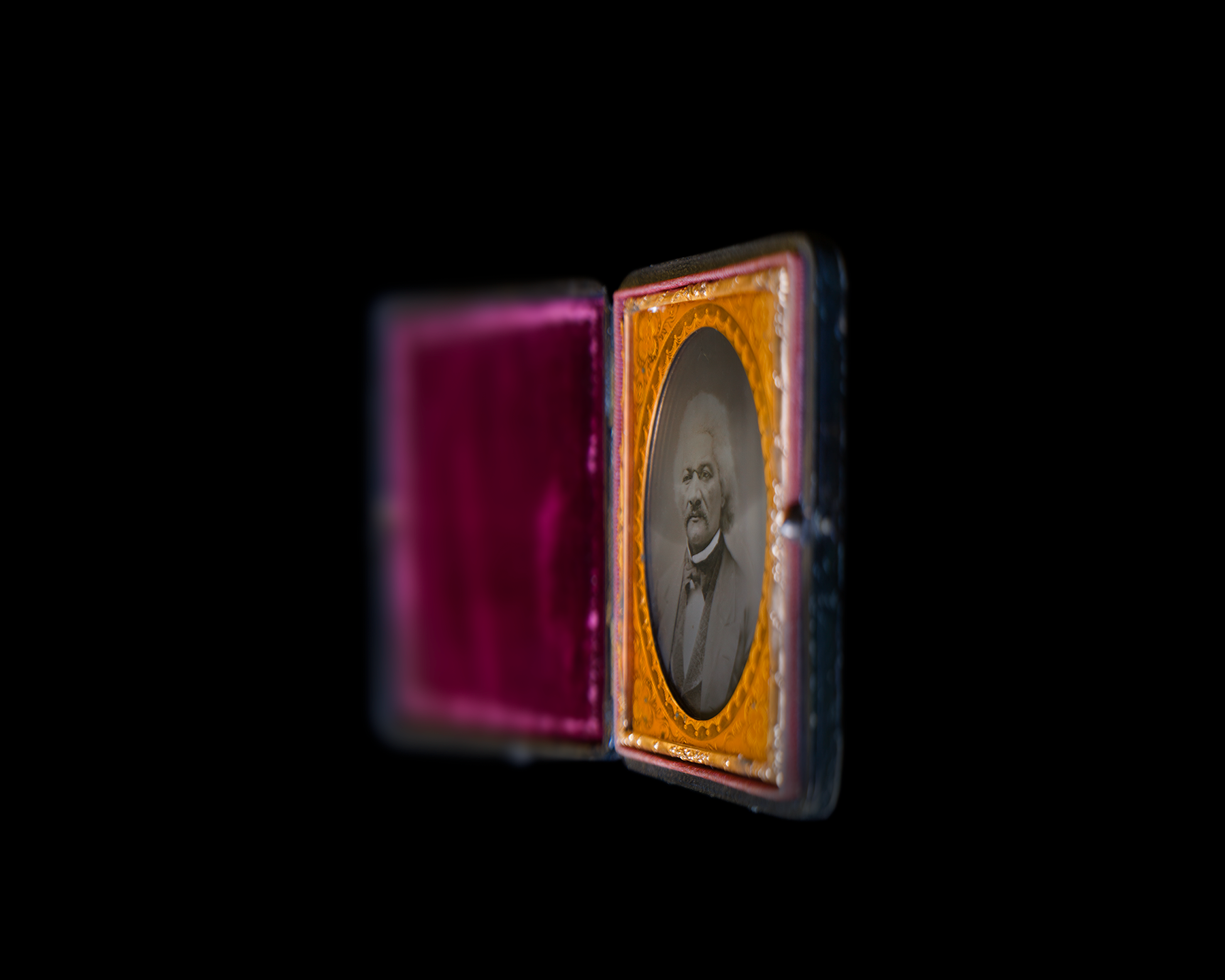
Ambrotype of Frederick Douglass, Smithsonian National Museum of African American History and Culture, Washington, DC. © Wendel A. White
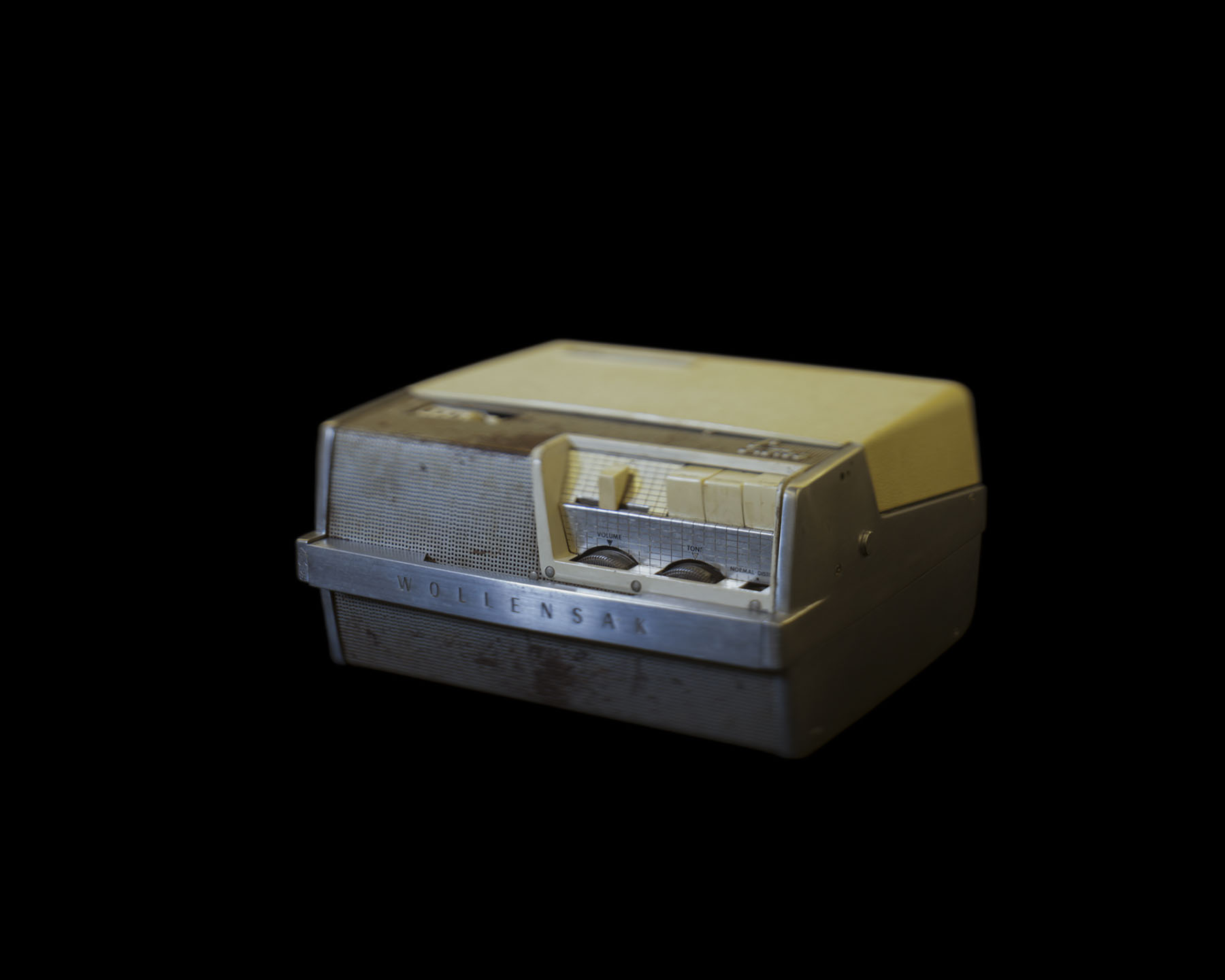
Tape recorder used by Malcolm X at Mosque #7, Smithsonian National Museum of African American History and Culture, Washington, DC. © Wendel A. White
White is Distinguished Professor of Art & American Studies at Stockton University in New Jersey and the 2021 Robert Gardner Fellow in Photography at the Peabody Museum, awarded to photographers to “document the human condition anywhere in the world.” Other Gardner Fellows include Joana Choumali, Alessandra Sanguinetti, and Dayanita Singh.
About the Harvard Museums of Science & Culture
The HMSC mission is to foster curiosity and a spirit of discovery in visitors of all ages by enhancing public understanding of and appreciation for the natural world, science, and human cultures. HMSC works in concert with Harvard faculty, museum curators, and students, as well as with members of the extended Harvard community, to provide interdisciplinary exhibitions, events and lectures, and educational programs for students, teachers, and the public. HMSC draws primarily upon the extensive collections of the member museums and the research of their faculty and curators.
Posts on Lenscratch may not be reproduced without the permission of the Lenscratch staff and the photographer.
Recommended
-
Andrew Waits : The Middle DistanceDecember 20th, 2025
-
Photography Educator: Juan OrrantiaDecember 19th, 2025
-
Aaron Rothman: The SierraDecember 18th, 2025
-
Eli Durst: The Children’s MelodyDecember 15th, 2025
-
Paccarik Orue: El MuquiDecember 9th, 2025


